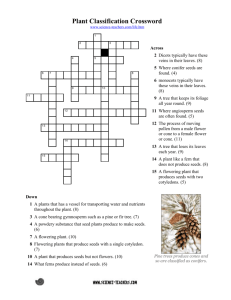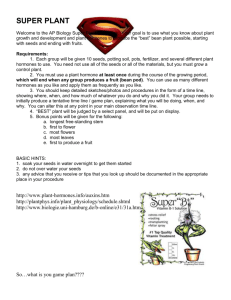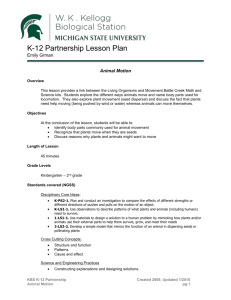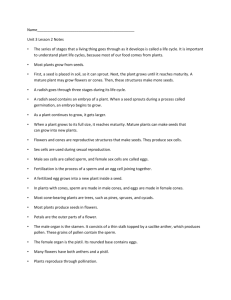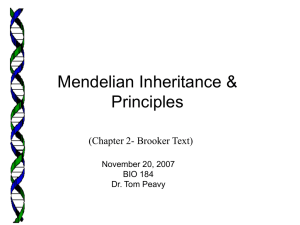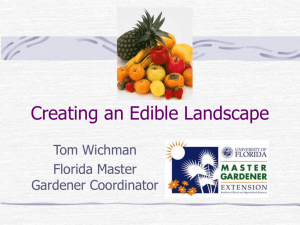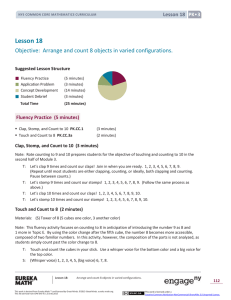Plant Life Cycles
advertisement
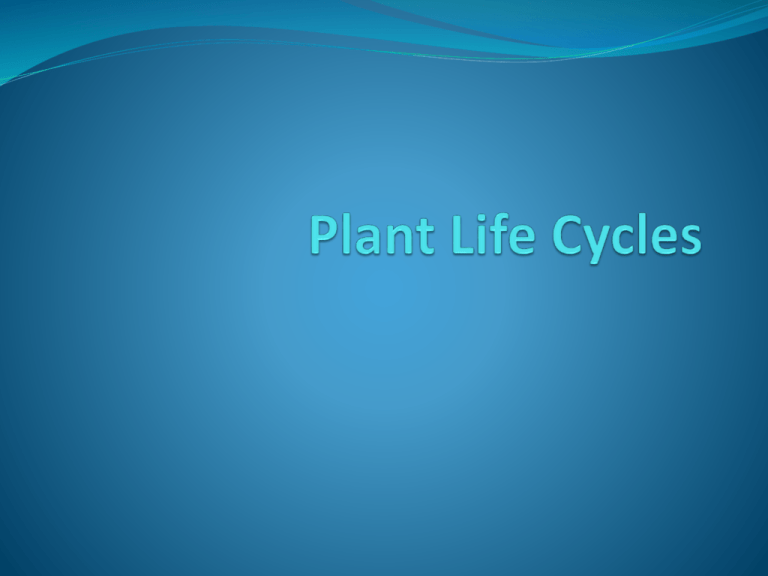
How do plants grow? Seeds-structures that can grow into new plants Embryo-a young plant inside a seed that is ready to grow Seeds store food to help the embryo survive and have a tough covering to protect the embryo Germinate-begin to grow Seedling-a small plant http://www.bbc.co.uk/schools/scienceclips/ages/5_6/ growing_plants_fs.shtml How do plants make seeds? Flower-the plant structure that makes seeds Flowering plants-plants that use flowers to make seeds Seeds have two parts: pollen-male part and egg-female part Ways that the pollen and egg get together: wind, animals, or insects Pollination-the movement of pollen to the egg Fruit-the structure that holds the seeds Seeds travel to the soil by wind, falling to the ground, or animals (by being buried, sticking to fur, or as waste) http://www.teachersdomain.org/resource/evscps.sci.life.se edint/ What is the life cycle of some plants? Life cycle-the stages of an organism’s life Plant life cycle-how a plant germinates, grows, and reproduces Conifers-plants that reproduce using cones Cones-plant structures that make seeds Two types of plants-Flowering plants and Conifers http://www2.bgfl.org/bgfl2/custom/resources_ftp/cli ent_ftp/ks2/science/plants_pt2/index.htm How do plants grow without seeds? Spores-can fall to the ground and make a new plant Spores-cannot store food Fern is a type of plant that makes spores Potatoes create new plants through “eyes” or white spots Bulb-underground stem (onion is one type)




